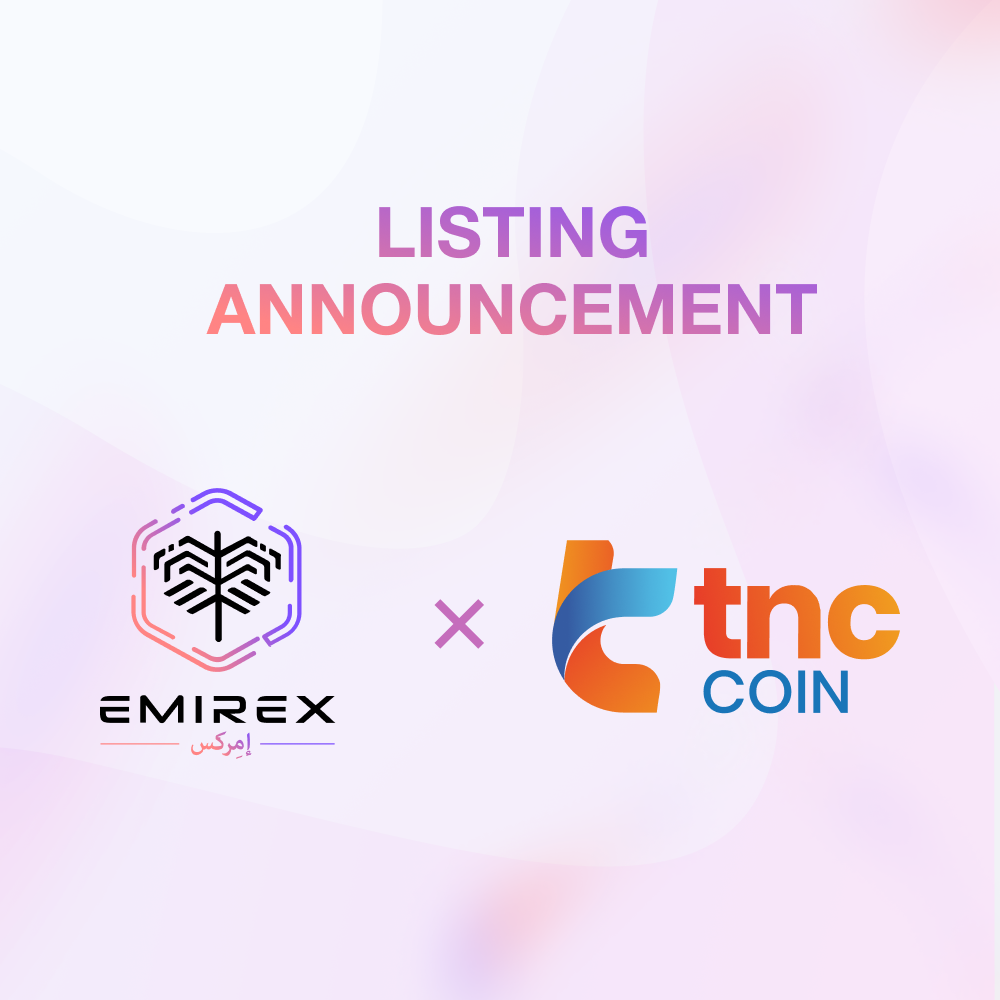As the years go by, crypto history and development are attracting more academic interest. Google Scholar's publications referencing Bitcoin have risen from 43 in 2009 to 103,000 today.
Today we are starting a new series of publications dedicated solely to the most important dates in the history of Crypto.
November
November has always been an important month in the crypto-world. Here is the list of the most important events marking this month, year after year:
- 9th of November, 2008: the date of the registration of the Bitcoin project at SourceForge.net, the open-source-projects community resource
- 6th November 2010: the share capital of BTC reaches $1 million, pulling the exchange rate to $0.50 per BTC at MtGox exchange
- November 25th, 2011: Prague welcomes the world’s first crypto conference
- November 2012: WordPress adopts BTC payments
- November 2013: This is when Ethereum was initially defined by Vitalik Buterin when he published the white paper titled “Next-generation Smart Contract & Decentralized Applications (Dapps) platform.” The Ethereum protocol was originally conceived as an upgraded version of cryptocurrency, providing advanced features such as on-blockchain escrow, withdrawal limits, financial contracts, gambling markets and the like via a highly generalized programming language
- November 28th, 2013: Zynga, the gaming producer from the USA supports BTC, which leads to the BTC price exceeding $1000 for the first time in its history. One month prior BTC was trading at around $100 level
- November 2013: Adoption of BTC for tuition fees payments by the University of Nicosia. The Chief of Finance of the school calls BTC the "gold of tomorrow".
- November 2013: BTC China exchange takes over Mt. Gox (Japan) and the Bitstamp (Europe), which makes it the world’s biggest BTC exchange by trade volume
- November 2015: The famous BTC symbol is adopted by the Unicode Committee
- November 22nd, 2016: the so-called “Spurious Dragon” was a second hard fork of the Ethereum blockchain designed to thwart the Denial of Service attacker. This hard fork was scheduled for block 2,675,000, which was created on November 22, 2016.
- November 2016: in Switzerland, a major railway company SBB (CFF) starts selling BTC via their ticketing equipment and a phone app
- November 2017: Ethereum 2 was presented at Devcon 3.
- November 28th, 2017: In order to optimize hashing, achieve scalability and security, the Ethereum blockchain uses Merkle trees, which allow to save storage, set membership proofs (called "Merkle proofs"), and light client synchronization. The Ethereum network has at times faced congestion problems, such as the one that is connected with Crypto Kitties - a popular blockchain game on Ethereum developed by Axiom Zen that allows players to purchase, collect, breed and sell virtual cats. The users of the game have caused the clogging of the ethereum network, which resulted in delayed and 6 times more than the usual number of unprocessed transactions.
- November 29th, 2017: Bitcoin price exceeds USD 10,000
- November 15th, 2018: The Bitcoin Cash (BCH) blockchain underwent a hard fork that has resulted in two different coins and blockchains.
- November 15, 2018: the market cap of BTC decreased below $100 billion for the first time since October 2017 and the price fell to $5,500
- November 28th, 2018: Block number 210,000 becomes the first one to yield a 25 BTC reward, prior to which 50BTC was paid as each block’s reward.
Note, that all the mentioned cryptocurrencies - and more! - are supported by the Emirex Exchange!
We can’t wait to present you with the December edition of the series soon! Stay tuned!






